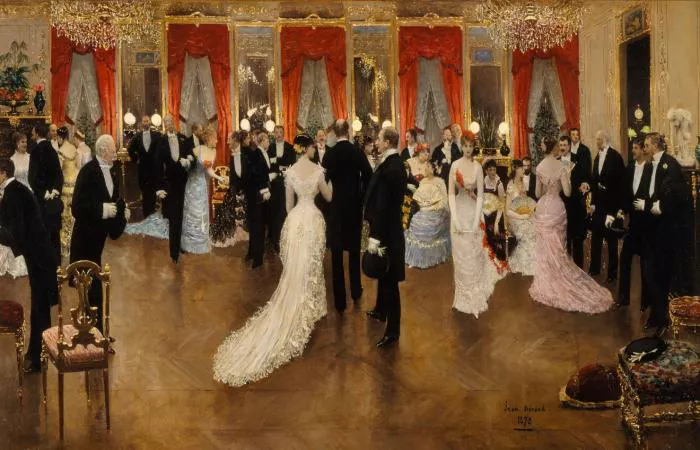Paris, France – More than 150 years after his death, Charles Frederick Worth, the visionary designer who revolutionized fashion, is being celebrated in a landmark exhibition at Paris’ Petit Palais. Titled “Worth: Inventing Haute Couture,” the retrospective—running until September 7—showcases the legacy of the man historians credit as the founder of modern haute couture.
Born in England in 1825, Worth rose from humble beginnings as a textile merchant’s apprentice to establish the House of Worth in Paris in 1858. Breaking from tradition, he refused to simply execute clients’ requests—instead, he dictated trends, creating pre-designed collections that wealthy women eagerly purchased. His bold approach earned him the title of “the father of haute couture” and transformed fashion into an art form led by visionary designers.
A Landmark Exhibition
The Petit Palais exhibition, co-curated with the Palais Galliera, marks the first major retrospective of Worth’s work in France—and only the second globally since a 1960s Brooklyn Museum show. Featuring garments from the 1850s to the 1920s, the display highlights pieces worn by luminaries like actress Sarah Bernhardt and opera singer Nellie Melba.
“Worth’s influence extended beyond fashion—he shaped an entire industry,” said Annick Lemoine, the Petit Palais’ director. The exhibition also includes rare family artifacts, such as nude photographs of Worth’s great-grandson by Man Ray and a recreated version of his 1932 perfume “Je Reviens.” Due to the fragility of some garments, the show will not tour internationally.
Redefining Fashion’s Power Dynamics
Before Worth, aristocratic women dictated designs to dressmakers. He flipped this model, asserting creative control. “Women come to see me to ask for my ideas, not to follow theirs,” Worth famously declared in 1858. His innovations included live runway shows (using his wife as the first model) and numbered designs to combat counterfeiting—practices still standard today.
Empress Eugénie, wife of Napoleon III, became one of his most influential patrons, solidifying his status as Europe’s premier couturier. By the 1870s, his atelier employed over 1,000 workers, catering to royalty from Russia to Japan and America’s Gilded Age elite.
Challenges and Legacy
Worth’s dominance faced hurdles, including U.S. tariffs that spurred knockoffs—prompting him to co-found the Chambre Syndicale de la Haute Couture in 1868 to protect designers’ rights. After his death in 1895, his sons sustained the house into the 1920s, adapting to shifting trends like the decline of crinolines.
His impact endures in literature (Marcel Proust’s À la Recherche du Temps Perdu and Émile Zola’s La Curée) and modern fashion systems. As Sophie Grossiord, Palais Galliera’s interim director, noted: “Worth didn’t just dress women—he defined an era.”
Over a century later, his designs still captivate, proving that true innovation never goes out of style.
Related topics:

